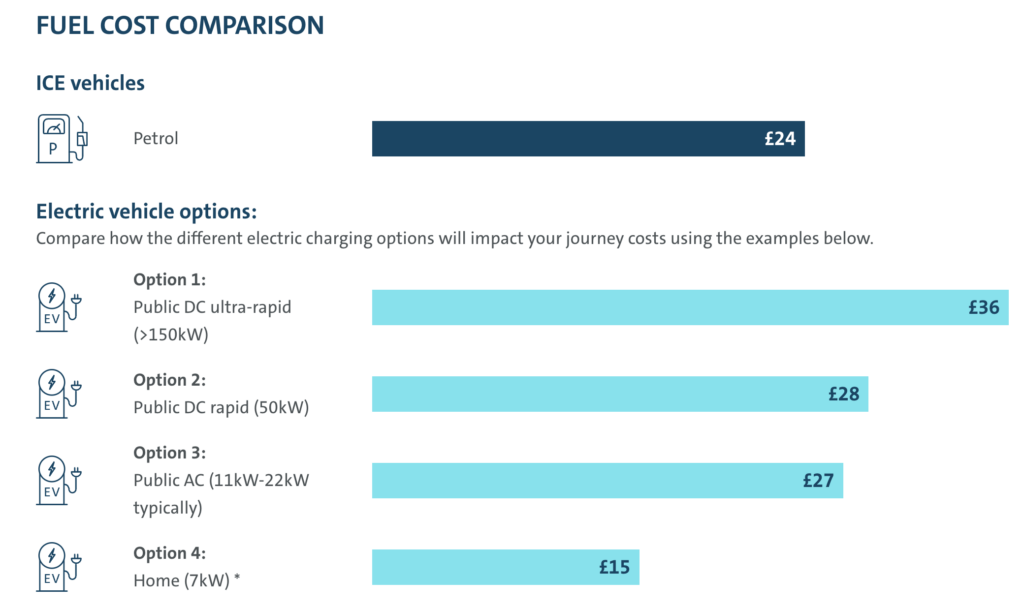Electric vehicles (EVs) play a key role in achieving ambitious net zero targets set for 2050. Global EV sales broke records in 2022, exceeding 10 million units, with 14% of all new cars sold being electric. This was quite the jump with less than 5% being sold in 2020. That resulted in more than 26 million electric cars roaming roads in 2022, representing a 60% uptake from 2021.
To help achieve net zero and reduce emissions, governments around the world are offering subsidies and various financial incentives to help people adopt EVs and to boost infrastructure to support demand. These steps are helping fleet operators power up their fleets to reach ambitious decarbonisation targets. However, transitioning to EVs is a big task, especially as they operate slightly differently to gasoline and diesel vehicles and, therefore, have different considerations and demands.

Having a clear and robust EV adoption strategy in place can make all the difference. This will need to consider vehicle suitability in regards to range and how drivers for company fleets will be able to charge their cars, and whether or not it will impact their journeys, including the impact of any necessary downtime for charging. For instance, drivers who need to cover greater distances each day may need to stop to recharge during their working hours. This can be planned into their natural journey breaks using journey planning tools.
The true sustainability impact of switching to EVs for any given fleet will depend on a number of factors. Broadly, the emissions difference between EVs and internal combustion engine (ICE) vehicles is stark, with EVs producing up to 50% less CO2 over their lifetime and having zero tailpipe emissions. However, in countries like France and Sweden, where renewable energy usage is much higher, EVs can produce up to 70% less CO2.
This means that for some fleets—depending on where they operate and the source of their power—switching to EVs can be more efficient, economical and sustainable. Even within one country, power can vary in its source. For example, some areas of the UK are powered more from renewable sources than others. Looking at where drivers are located, and whether or not the area they will charge their vehicle uses renewable energy, will help with understanding how sustainable the switch to EV really is.

To keep ahead of this, and maximise any potential sustainability gains from using renewable energy for EV charging, fleet operators need to lean on a robust sustainability strategy. This could involve partnering with utilities to ensure access to clean and renewable energy sources for charging infrastructure. An example could be installing solar panels to power workplace chargers. It may also involve engaging with local authorities to advocate for favourable policies and leverage available incentives to lower the upfront costs of transitioning to EVs or exploring second-life applications for retired EV batteries, such as energy storage systems, which can enhance sustainability efforts.
Companies can also implement employee engagement programmes to educate drivers about the benefits and operation of EVs, improving driver buy-in and EV adoption. Offering training sessions, incentives for EV adoption, promoting fuel-efficient driving and communicating the company’s commitment to sustainability can play a key part in making sure adopting EVs and decarbonising fleet operations works for a company.
The opinions expressed here are those of the author and do not necessarily reflect the positions of Automotive World Ltd.
Emma Loveday is Senior Fleet Consultant at VWFS Fleet
The Automotive World Comment column is open to automotive industry decision makers and influencers. If you would like to contribute a Comment article, please contact editorial@automotiveworld.com



